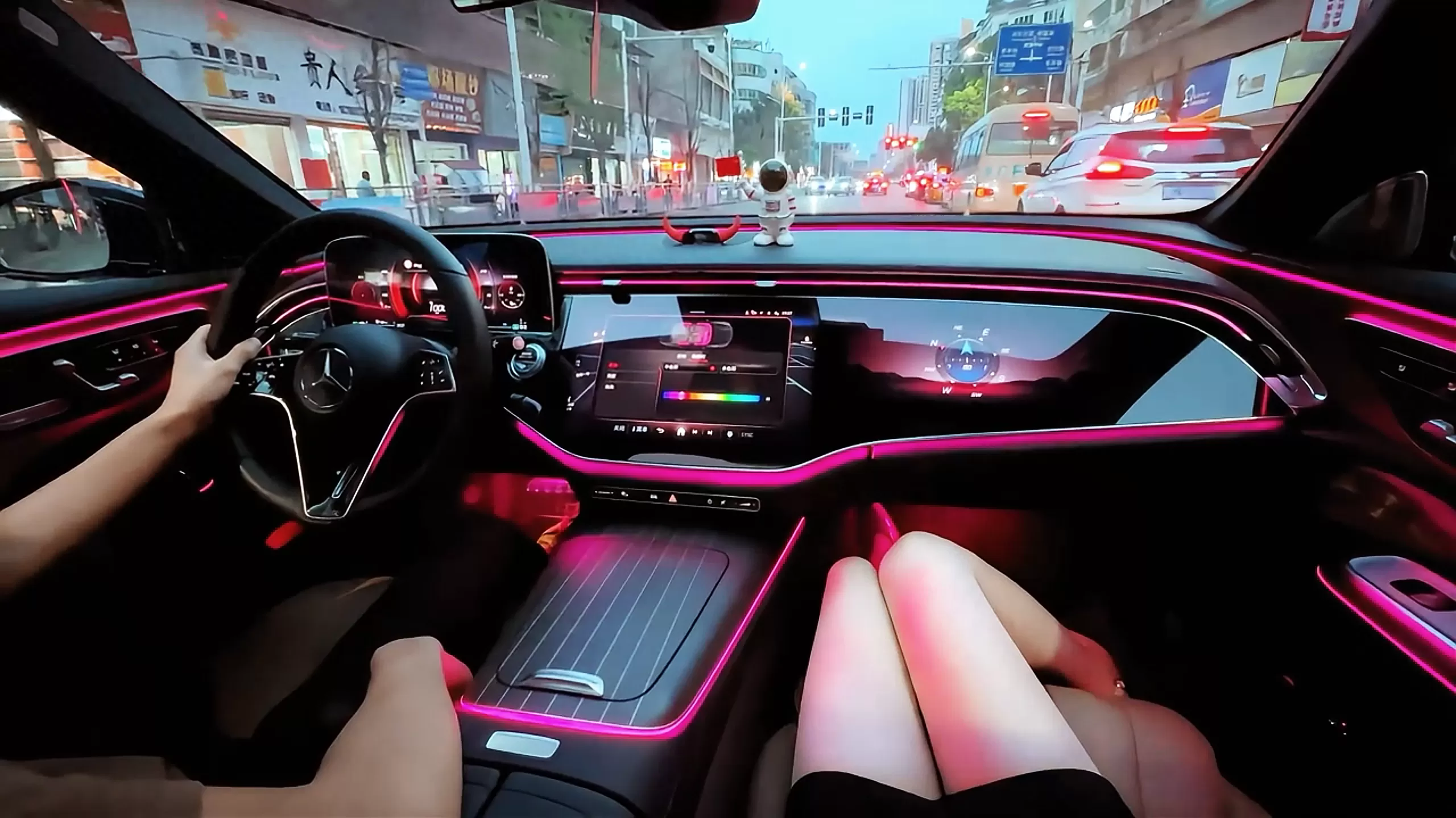Innovation and Imitation: The “Mi-orsche” Incident Triggered by the Launch of Xiaomi SU7
In today's fast-paced world of innovation and rampant imitation, the launch of a new car can always create waves in the automotive industry. However, the recent debut of Xiaomi's new model, the SU7. has sparked a profound reflection on innovation and imitation.
On March 28. during Xiaomi's car launch event, the public was both amazed and subtly uneasy at the same time. This vehicle, hailed as the "dream car," stunned the automotive world with its unique appearance and innovative concept. Unexpectedly, its resemblance to Porsche was so striking that netizens jokingly dubbed it the "Mi-orsche."

Xiaomi's founder, Lei Jun, boldly declared at the launch that they aim to create a dream car comparable to Porsche and Tesla. However, the line between dream and reality seems a bit blurred. His ambitious words echoed like a proclamation to the automotive world, yet the “Mi-orsche” incident makes one wonder if the boundary between innovation and imitation has become indistinct.
From the front design to the body lines and even the headlights, the similarities between the SU7 and Porsche are astonishing. Netizens joked, calling it Porsche's "distant relative," and some even quipped that Xiaomi merely swapped Porsche's emblem with their own "Mi" logo.
Porsche, a brand refined over decades, boasts unparalleled design language and brand recognition. However, Xiaomi's recent "tribute" seems excessive, sparking external concerns about intellectual property and innovation protection. Does this imply that in the pursuit of dreams and innovation, some have forgotten the importance of originality?

Porsche's response to this matter is even more intriguing. In a media interview, Porsche China’s president, Jens Puttfarcken, acknowledged Xiaomi's design, saying, “Good design always resonates.” However, this statement hints at a deeper meaning. Puttfarcken emphasized Porsche’s unique design aesthetics and distinct brand identity, clearly signaling to the public that their design is unparalleled and not easily imitable.
This response from Porsche leads one to ponder whether this is merely a coincidence or a deliberate act by Xiaomi. As this issue gains traction online, more voices are calling for respect and protection of intellectual property. In an era where information spreads rapidly, the similarities between models are easily noticed by the public, and the responses and handling of such issues become focal points of attention.
In this battle between innovation and imitation, people begin to reflect: How should we balance borrowing ideas and protecting originality while pursuing dreams and innovation? This is not only a challenge faced by the automotive industry but also a pressing issue for society in the realm of intellectual property protection.

Despite Xiaomi's repeated emphasis on its design philosophy and innovative spirit, it cannot be denied that the SU7 bears too many resemblances to Porsche. This forces one to consider how an emerging car manufacturer should position itself on the path of innovation, rather than simply imitating existing successful models.
At the same time, Porsche’s stance is commendable. They chose not to file a lawsuit immediately but responded positively, expressing their expectation for fair competition, showcasing the responsibility and confidence of a globally renowned brand. This proactive approach not only highlights their values but also injects a fresh perspective into industry competition.
In this era of globalization and information, innovation has become a crucial driver of social progress. However, protecting and respecting intellectual property while innovating is essential for achieving sustainable development. It is hoped that the "Mi-orsche" incident will draw more attention to intellectual property protection, allowing the power of innovation to be purer and more sustainable.






